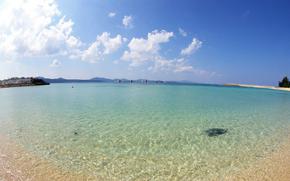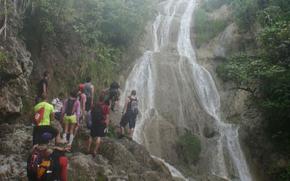President-elect Donald Trump used a raucous rally Sunday on the eve of his inauguration to promise swift Day 1 action remaking the federal government, shifting federal priorities at breakneck speed and ensuring that “the curtain closes on four long years of American decline.”






























